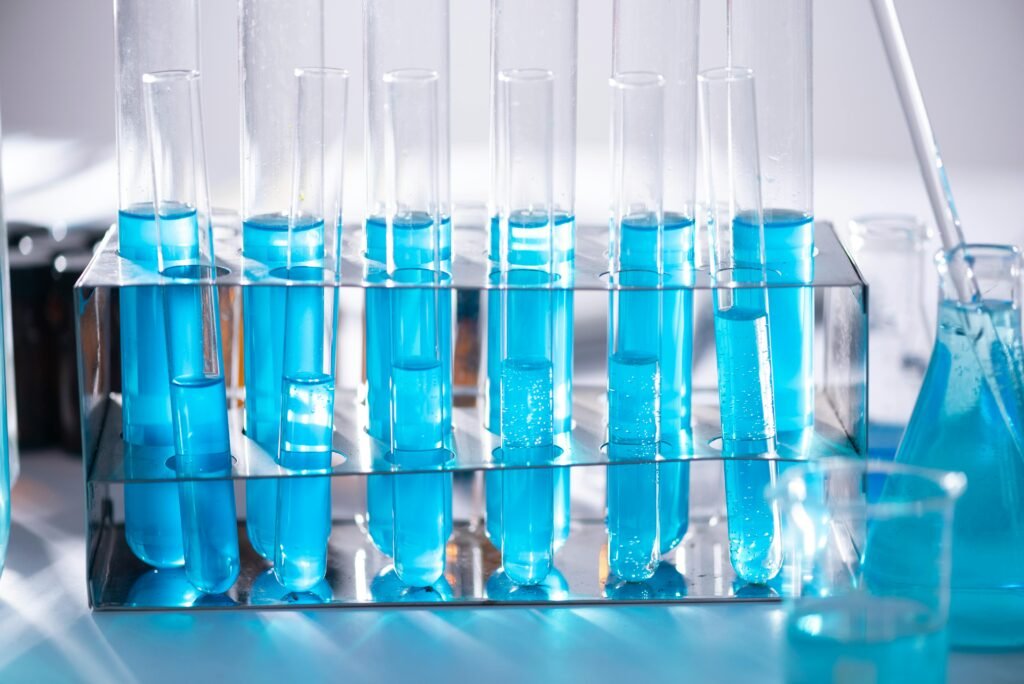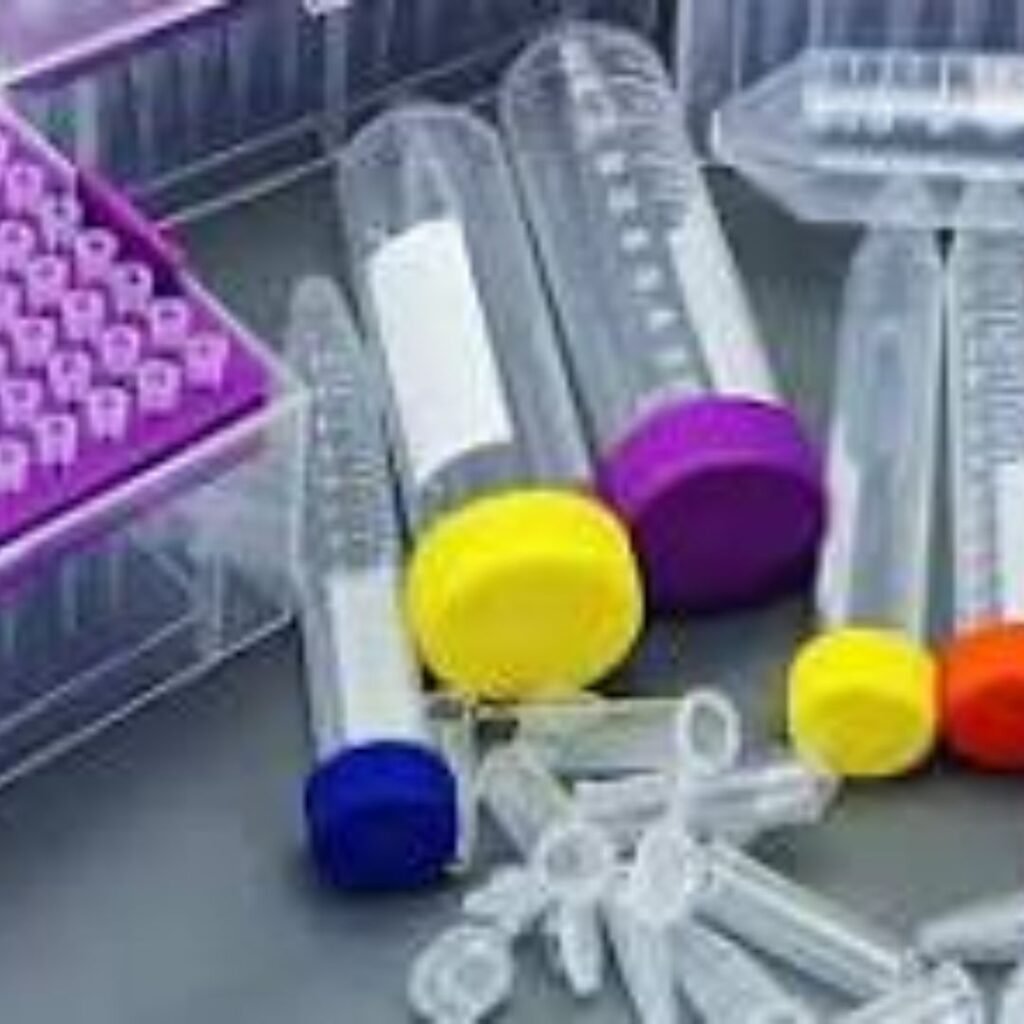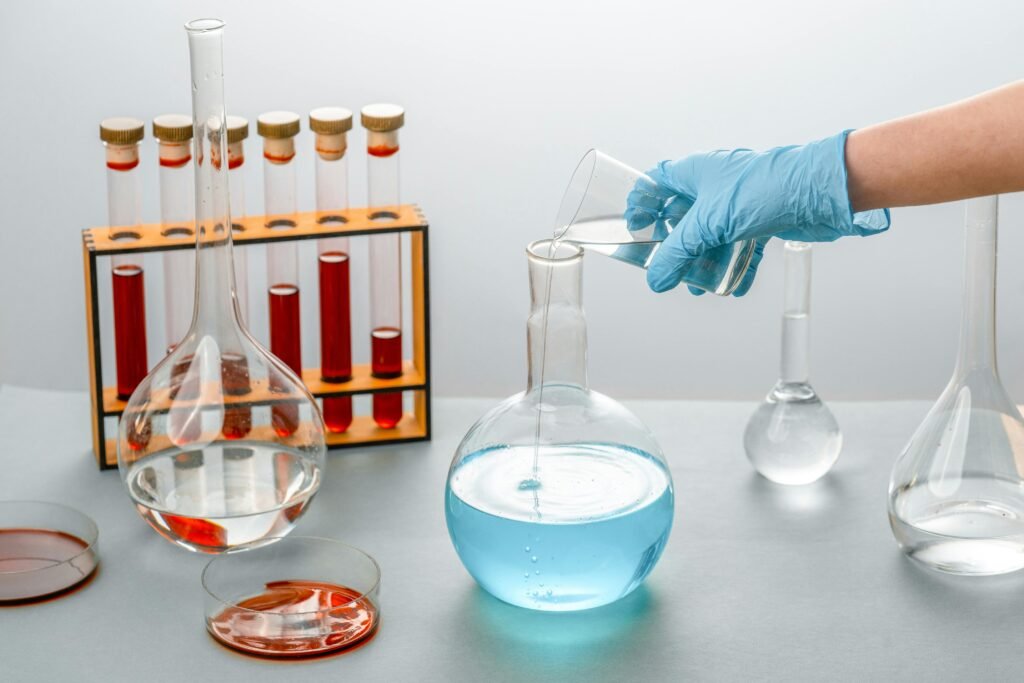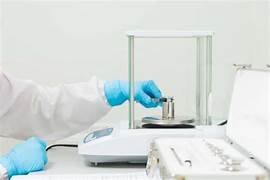10 laboratory glassware and their uses
10 Essential Laboratory Glassware and Their Uses Laboratory glassware plays a crucial role in scientific experiments, allowing researchers to accurately measure, mix, heat, and observe chemical reactions. Whether in academic labs, research facilities, or industrial settings, the right type of glassware ensures both safety and precision. Below is an overview of 10 commonly used laboratory glassware items, their primary functions, and how trusted suppliers like Lab Tech International support lab operations with high-quality equipment. 1. Beaker Use: Beakers are versatile cylindrical containers used for mixing, heating, and stirring liquids. They often have a spout (or “beak”) for easy pouring. Common Features: Graduated markings for approximate measurements Wide mouth for accessibility Made of borosilicate glass to withstand heat Lab Tech International: Lab Tech International supplies a wide range of borosilicate beakers, available in various volumes from 50 mL to 2000 mL, ideal for both educational and industrial labs. 2. Erlenmeyer Flask (Conical Flask) Use: Primarily used for mixing chemicals without spilling, and for titrations, thanks to its narrow neck. Common Features: Conical shape reduces evaporation and splashing Can be stoppered for storage Ideal for swirling liquids Lab Tech International: Offers Erlenmeyer flasks with optional stoppers and screw caps, catering to both sterile and non-sterile requirements. 3. Volumetric Flask Use: Designed for precise dilutions and preparation of standard solutions. Common Features: Calibrated to contain a specific volume Narrow neck with a single graduation mark Comes with glass or plastic stoppers Lab Tech International: Provides Class A and Class B volumetric flasks, compliant with ISO and ASTM standards for analytical accuracy. 4. Test Tube Use: Used to hold, mix, or heat small quantities of chemicals during experiments. Common Features: Cylindrical with a rounded bottom Can be used with racks or clamps Ideal for qualitative observations Lab Tech International: Offers test tubes in different sizes and materials (glass or plastic), suitable for chemistry, biology, and microbiology labs. 5. Graduated Cylinder Use: Used for accurately measuring liquid volumes. Common Features: Narrow cylindrical shape Graduated scale for precise readings More accurate than beakers or flasks for volume measurement Lab Tech International: Stocks Class A and Class B graduated cylinders, with hexagonal or round bases for stability and safety. 6. Burette Use: Primarily used in titration experiments to deliver precise amounts of liquid reagent. Common Features: Long, graduated tube with a stopcock at the bottom Allows controlled release of liquid Extremely accurate for quantitative analysis Lab Tech International: Specializes in manual and digital burettes, made from chemical-resistant glass and fitted with high-quality stopcocks. 7. Pipette (Volumetric and Graduated) Use: Used to transfer precise volumes of liquid, especially in analytical chemistry. Common Features: Volumetric pipettes: deliver one fixed volume Graduated pipettes: allow variable volumes Requires a pipette filler or bulb Lab Tech International: Supplies a range of pipettes including autoclavable and sterile variants for biological and chemical applications. 8. Watch Glass Use: Used as a surface to evaporate liquids, hold solids while weighing, or cover beakers. Common Features: Concave, circular glass dish Can also serve as a lid to prevent contamination or splashing Lab Tech International: Provides durable borosilicate watch glasses in various diameters, resistant to thermal shock. 9. Crucible Use: Used to heat substances to very high temperatures during combustion or calcination. Common Features: Made of porcelain, quartz, or metal Withstand open flame or furnace Often comes with a lid Lab Tech International: Distributes high-temperature-resistant crucibles for analytical chemistry, metallurgical analysis, and industrial testing. 10. Funnel Use: Used for channeling liquids or powders into containers with a small opening; also for filtration when used with filter paper. Common Features: Wide mouth and narrow stem Made of glass or plastic Available in various sizes and angles Lab Tech International: Offers filtration funnels, separating funnels, and powder funnels for laboratory and industrial use. Why Choose Lab Tech International? Lab Tech International is a leading supplier of scientific and laboratory equipment globally. With a strong commitment to quality, accuracy, and innovation, the company provides glassware that meets international standards such as ISO, ASTM, and DIN. Whether you are equipping a school lab or upgrading a research facility, Lab Tech International ensures: High-quality borosilicate glassware Wide variety of capacities and configurations Compliance with industry standards Custom branding and bulk order support Conclusion Laboratory glassware is the backbone of experimental science. Choosing the correct glassware and maintaining its integrity are essential to achieving reliable results. Whether it’s a simple beaker or a precision volumetric flask, understanding each piece’s use can enhance lab efficiency and safety.






